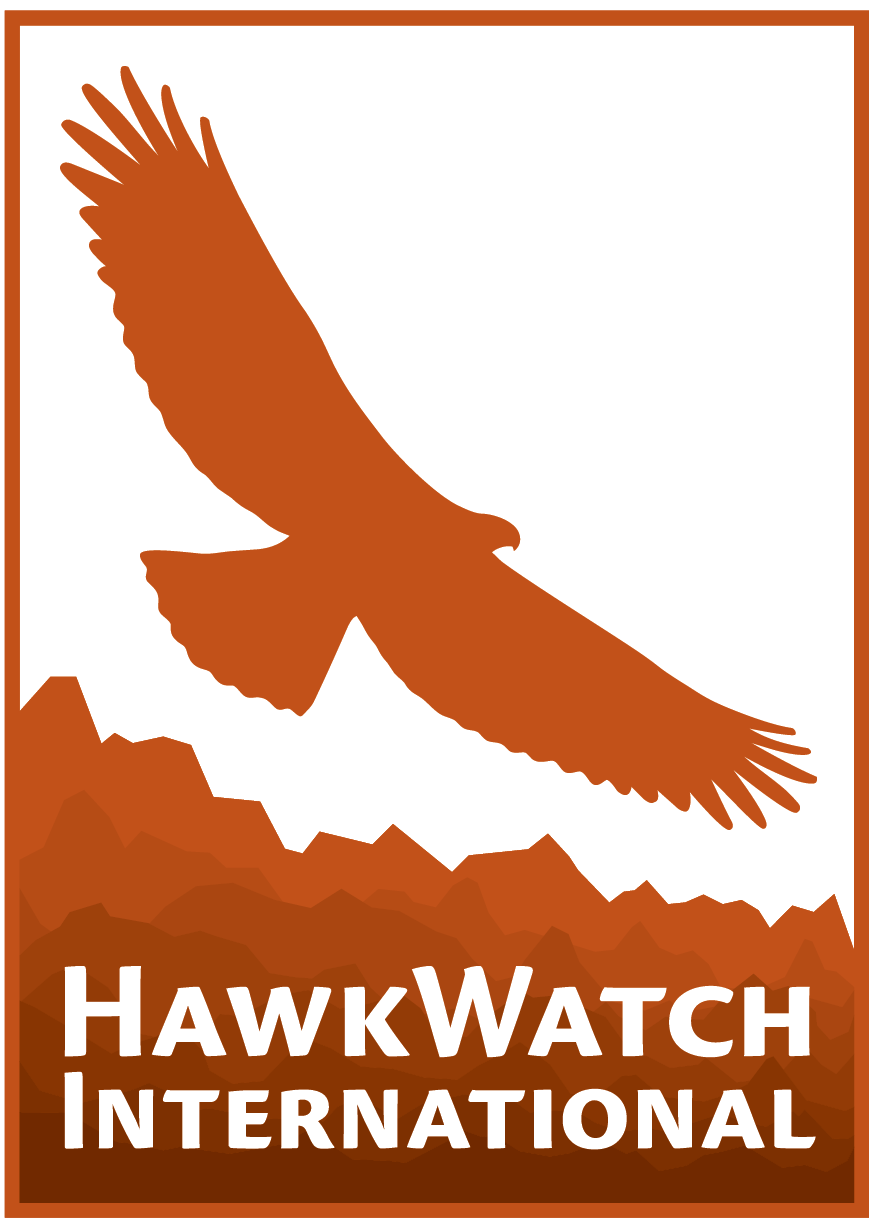Experience the
Magic of Migration
The Migration Network
HawkWatch International operates the largest single-run standardized network of migration sites in the world. We have been conducting raptor migration research in the American West for over 38 years, utilizing our long-term data to work with wildlife managers on conservation plans. The primary objective of these efforts is to track long-term population trends of diurnal raptors which enables us to better understand the life histories, ecology, status, and conservation needs of raptor populations in North America.
We are proud to contribute our migration data to the Hawk Migration Association of Northern America, where we gather data from count sites all across the continent to better understand population trends. If you want to learn more about what species are stable, declining, or increasing, check out the Raptor Population Index.
Explore our HawkWatches
Planning Your Trip
FAQ’s about visiting our migration sites
We ask that ONLY organized groups of more than 6 individuals register before coming. You can request a timeslot here: https://form.jotform.com/HawkWatchInternational/schedule-your-migration-visit
We run Facebook groups for each migration site where crew members post updates throughout the season. If you have a question about getting to the site or planning your trip, your best bet is to post in our groups. Here is a list of our groups…
Friends of Bonney Butte HawkWatch
Friends of Corpus Christi HawkWatch
Friends of Commissary Ridge HawkWatch
Friends of Goshute Mountains HawkWatch
Friends of Manzano Mountains HawkWatch
Friends of Grand Canyon HawkWatch
Friends of Gunsight Mountain HawkWatch
Friends of Tubac HawkWatch
If you aren’t on Facebook, you can reach out to us with your migration questions. We post our daily counts on HawkCount and Trektellen. Links to each site’s count are on individual HawkWatch pages.
We currently band at four sites: Bonney Butte, Commissary Ridge, Goshute Mountains, and Manzano Mountains HawkWatch. We do not allow visitors into the banding blind, but a crewmember will bring trapped birds out and show them to visitors before releasing them back into the sky when possible. This depends on several factors, including risks to the bird, crew, and visitor. All decisions of the crew are final. We appreciate you respecting their professional judgment.
This answer will differ depending on the climate at your site (and weather at most sites can change quickly on any given day). A sturdy pair of shoes, sun protection, warm layers, a raincoat, water, snacks, and binoculars are safe bets. An ID guide like Hawks at a Distance or our Raptor ID app will help identify silhouettes high in the sky. Because fall hawkwatching occurs at the beginning of the flu and cold season, we encourage you to practice good safety measures and consider packing hand sanitizer and masks in case they are necessary.
The best time to go hawkwatching is when you can. If you come to the watch during our hours when our crew is working, it is highly likely you will see birds migrating by. Be sure to stay for a few hours, hawkwatching is a long game. Rainy days are bad for watching, but right before or after bad weather is usually a great time. To find peak migration for species you are interested in, we recommend visiting our friends at hawkcount.org. Head to the “Migration Timing” tab on the HawkWatch you are interested in visiting to see when which species are most commonly seen.
Our Corpus Christi HawkWatch is certified ADA accessible, and Gunsight Mountain HawkWatch is wheelchair accessible. The Yaki Point viewpoint of our Grand Canyon HawkWatch is also ADA accessible, but the HawkWatch itself is not. That being said, it is a very easy walk to observation. Our spring sites, Gunsight Mountain and Tubac HawkWatch, are also sites you can drive up directly to. At Commissary Ridge HawkWatch you can nearly drive up to the site, with only a short hike to observation. The Goshute Mountains HawkWatch is our most challenging hike—a strenuous 2.5 mile with a 1,800-foot elevation gain. But the views and birds are more than worth it!
It costs nearly $800,000 to operate the migration network. This includes daily stipends for our volunteer crew, banding supplies, permits, and travel. We could not conduct this important research without the generous support of our migration crew and partners, who donate over $500,000 worth of time to the project each year. The remaining $200,000 is covered by foundations, corporations, and people like you.
You can support the network by making a donation in honor of one of our hawkwatches via this link. Want something a little more tangible? Consider adopting a hawk banded at one of our sites.
This program is led by Dr. Dave Oleyar, Director of Long-term Monitoring and Community Science, and our Long-term Monitoring and Community Science team. To learn more, contact migration@hawkwatch.org
Partner Sites
Former HWI migration sites now operated by our partners
Sacajawea Audubon Society
Florida Keys Hawk Watch
Gulf Cost Bird Obervatory
Pronatura Veracruz
Most of our migration sites are located on remote ridgelines without power. Thanks to Goal Zero, we power our research with the latest solar panel and battery storage technology. Thanks for helping us keep the lights on!

Support the Migration Network
HawkWatch International operates the largest single-run standardized network of migration sites in the world. Click below to support this long-term monitoring effort.
